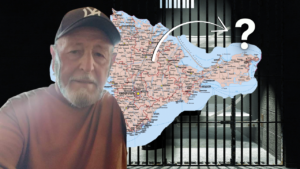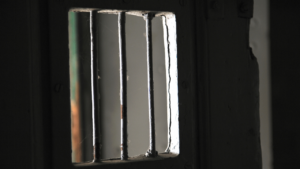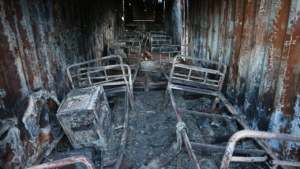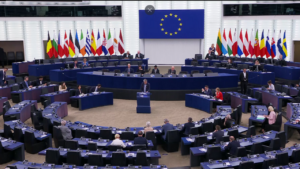The FSB Behind the Traitors: How the Russians Occupied Hola Prystan
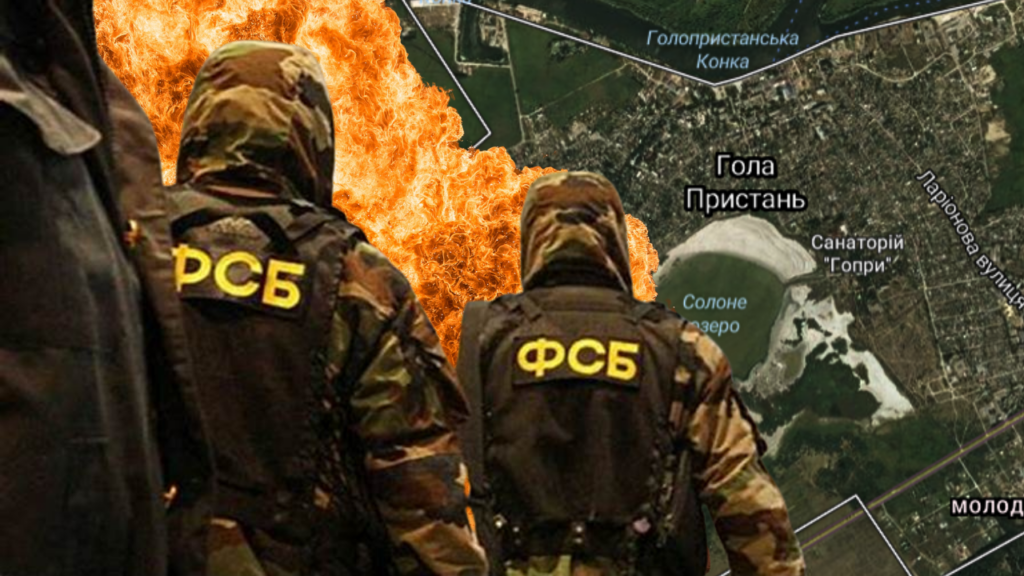
When Russian forces seized parts of the Kherson region in late February and early March 2022, they bypassed some towns without occupation. Their primary target was the regional capital, Kherson. As a result, the town of Hola Prystan located on the opposite bank of the Dnipro River, remained unoccupied for almost a month.
It wasn’t until the morning of March 28 that Russian troops first entered Hola Prystan. They targeted government buildings and public institutions. That same day, the occupying forces abducted Mayor Oleksandr Babych from his home. Babych had been leading local Ukrainian resistance efforts in the town. He was taken to the town council building, where Russian forces attempted to pressure municipal employees into collaboration. Then Babych was taken away.
According to Ukraine’s Office of the Prosecutor General, the seizure of the Hola Prystan town council and the abduction of Mayor Oleksandr Babych were orchestrated by a member of the Russian National Guard and a former “Berkut” officer Pylyp Kvartnik, originally from Lutsk. After 2014, Kvartnik lived in Sevastopol.
Throughout 2022, Russian forces sought to establish their own governing structures in the occupied areas of the Kherson region. Central to this effort was the creation of a repressive apparatus staffed by local collaborators. They were supposed to operate under the supervision of Russia’s Federal Security Service (FSB), which reinforced its presence with traitors including former Ukrainian officials from Crimea, the occupied territories of Donetsk and Luhansk, and “Berkut” riot police officers who fled Ukraine after the Maidan protests.
Shades of the Shadow State
Kherson region fell under occupation so quickly that local residents had no time to organize resistance or even to evacuate. The speed of the invasion was so abrupt that even the occupying forces appeared unprepared at first. Yet by mid-March, Russian troops were already going door to door with precompiled lists in hand. They looked for active-duty military personnel, veterans of the war in eastern Ukraine, pro-Ukrainian activists, and heads of state and municipal institutions and enterprises. These home invasions were often accompanied by looting. Occupiers confiscated cash, gold, household appliances, and even worn shoes.
Throughout 2022, the Russian-occupied territories of Ukraine were marked by organizational chaos. This was largely due to the widespread refusal of local residents to collaborate with the occupying forces. Russia began establishing its occupation administration in Kherson, where efforts to install alternative governance structures intensified between March and May. During this period, Russian forces set up a regional police force, a so-called “State Security Service” analogous to the FSB, as well as a military commandant’s office and a penitentiary service. The latter played a particularly troubling role during Russia’s retreat from Kherson, carrying out the mass forced deportation of prisoners to other occupied regions of Ukraine and Russia.
The newly established occupation structures were housed in buildings seized from Ukrainian government institutions, as well as in other office and residential buildings with basements, which were then used to detain and torture abducted local residents. The military commandant’s office was set up in the former premises of the Regional Court of Appeals.
The occupation police force in the Kherson region was headed by Volodymyr Lipandin, a former senior police official from Cherkasy who had been living in Crimea since 2014. The so-called “State Security Service” (GSB) was chaired by an even more prominent figure from the Yanukovych era – a former head of Ukraine’s Security Service (SBU) Oleksandr Yakymenko, long suspected of facilitating Russian infiltration into Ukraine’s national security apparatus.
According to Ukrainian investigators, the broader security and enforcement operations in occupied Kherson were coordinated by Russian national Sergei Sinitsyn, an FSB officer who led the so-called “temporary operational group” of the FSB in the region. This means that from the outset, behind the facade of the puppet GSB structure, which was eventually replaced in early 2023 by a formal FSB administration, it was Russian security service officers who orchestrated operations on the ground.
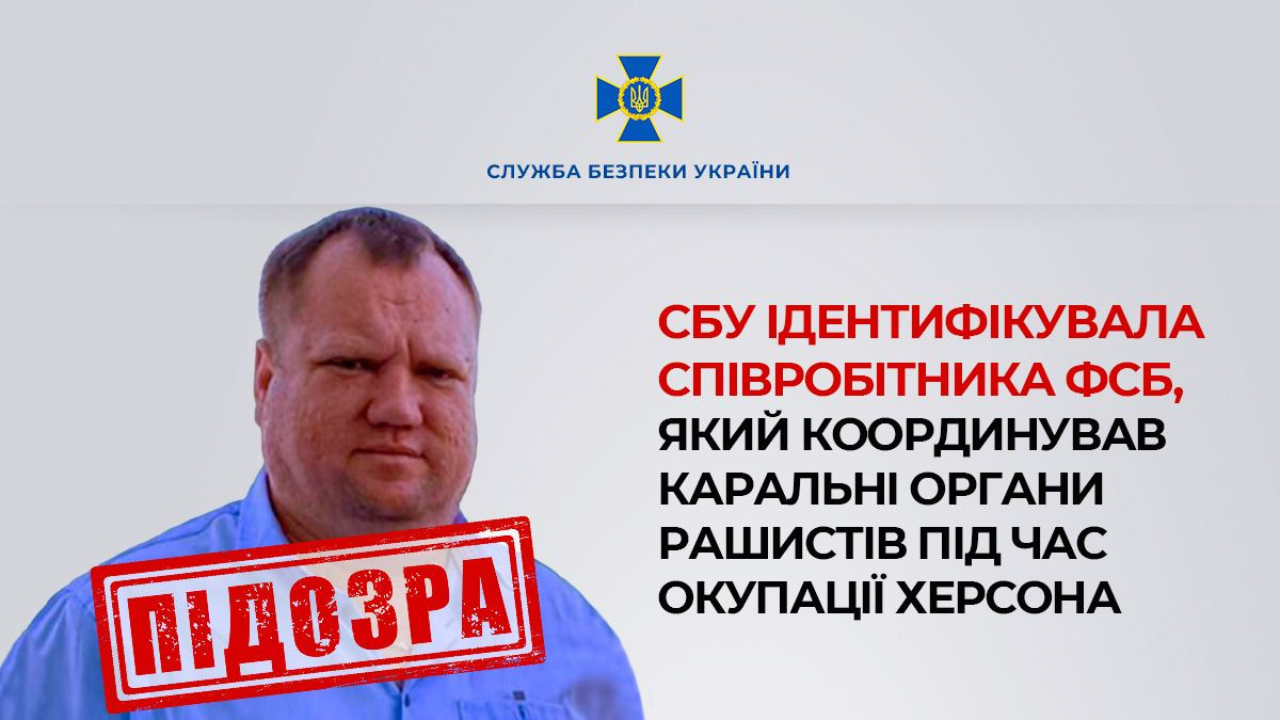
Sergei Sinitsyn Photo: Security Service of Ukraine
“Until a Judicial System is Established”
On paper, municipal structures under occupation were created by the heads of regional Russian security and law enforcement agencies. In practice, however, the recruitment of personnel was largely handled by local collaborators. According to Ukrainian investigative materials, recruitment into the occupation police in Hola Prystan was driven not only by promises but also by threats.
Russian forces primarily targeted former law enforcement officers – pensioners, as well as those who had previously left or been dismissed from service for reasons other than retirement. They also employed active officers of the Ukrainian police who, despite having the opportunity, refused to evacuate to Ukrainian-controlled territory.
The police force in occupied Hola Prystan was placed under the command of Serhii Buzukin, a former Ukrainian police officer who had been dismissed for bribery. After his dismissal, Buzukin was employed at enterprises affiliated with Oleksii Kovalev – a Member of Parliament who later became a collaborator – and his brother Yurii. In addition to Buzukin, four other active and former officers of the Ukrainian police remained in Hola Prystan and chose to serve the occupation regime. These individuals are identified as Viktor Tselorungo, Mykola Kolesnichenko, Artur Norchenko, and Maksym Voronov.

Former Ukrainian police officers who defected to the occupation authorities in Hola Prystan. Photo: Security Service of Ukraine
In testimony collected by the Media Initiative for Human Rights (MIHR), entrepreneur Hryhorii Holovko from Hola Prystan identified Maksym Voronov as one of the two police officers who tortured him.
Holovko was abducted on October 13, 2023, and accused of allegedly directing Ukrainian artillery fire toward the “5th Element” facility – a site housing Russian National Guard troops that had been shelled the day prior. According to Holovko, his case was handled by three groups: local police collaborators, two individuals he identified as Russian FSB officers and five men believed to be Russian military personnel. Of the three groups, Holovko stated that only the FSB officers refrained from torturing him.
Holovko identified both police officers involved. In addition to the previously mentioned Maksym Voronov, he named Oleksii Rossakhan, who repeatedly discharged a stun gun into Holovko’s body for several minutes during interrogation. Holovko was unable to provide the names or even call signs of the FSB officers or military personnel involved in his detention.
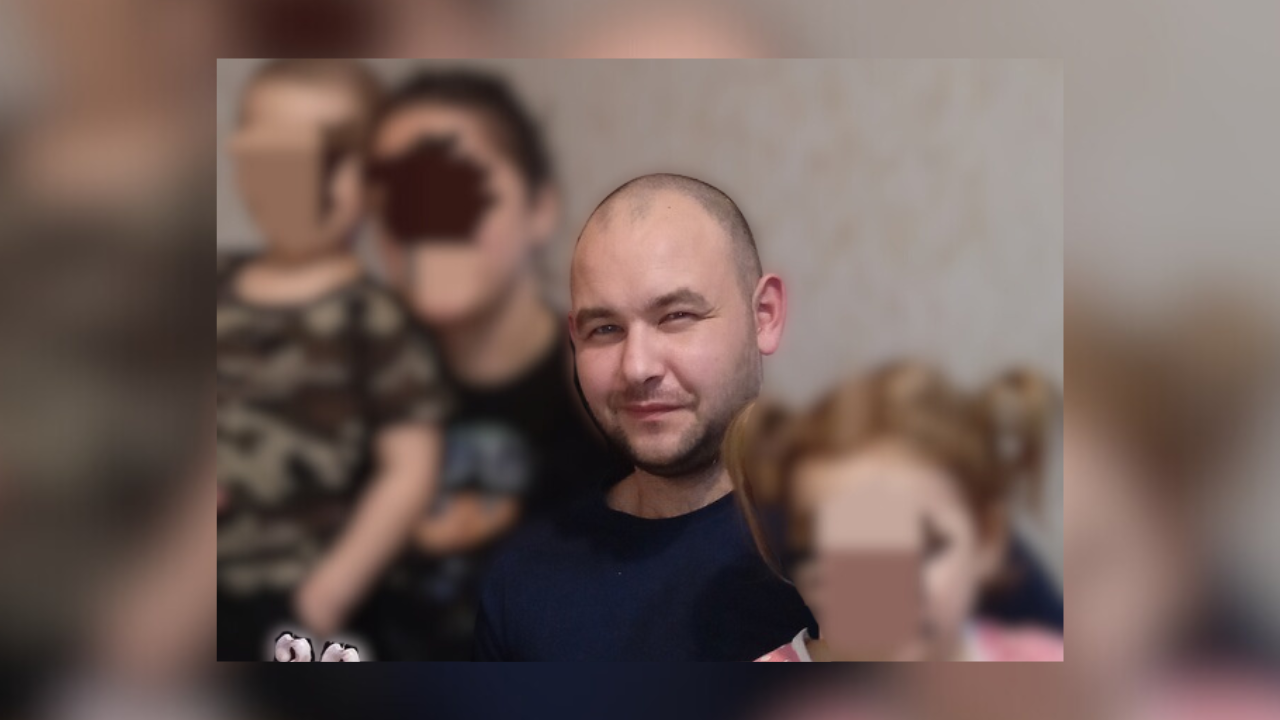
Oleksii Rossakhan
The detention of Hryhorii Holovko in the occupied police holding facility in Hola Prystan bore no resemblance to any lawful process – nor even to the staged judicial procedures that now occur in the occupied parts of Ukraine. At the time, no so-called “courts” had yet been established in the occupied areas of the Kherson region. Local “law enforcement” bodies merely duplicated the functions of Russian “operational groups” and were subject to reformation.
On the day of Holovko’s abduction, one Russian propaganda outlet reported that “suspects in serious crimes have been detained and are being held in custody until a judicial system is established.”
Happy Ending Not for All
Most of the civilians detained in 2022 in the Kherson region were eventually released – some only after enduring torture and inhumane treatment. In many cases, they were blindfolded and thrown out from vehicles in random towns or villages. Others were released only after paying bribes. Hryhorii Holovko was released in May 2023 and is now safe in government-controlled Ukraine.
Some detainees were subjected to sham trials, often with falsified records indicating arrest dates far later than their actual abduction. Others – like the Mayor of Hola Prystan Oleksandr Babych – remain in captivity to this day, held without trial, investigation, or contact with their families. Testimonies also point to individuals who were tortured to death.
Of those initially appointed to positions within the occupation administration, few remained in place for long. When Russian forces fled Kherson in October 2022 under pressure from the Ukrainian counteroffensive, both Russian officials and local collaborators from Hola Prystan retreated with them. Even earlier, in August, Oleksii Kovalev – the Member of Parliament who had defected to collaborate with the enemy – was killed.
In 2023, Serhii Buzukin was appointed head of the occupation administration in the village of Bekhtery in the Skadovsk district. In Ukraine, he and four other police collaborators were tried in absentia and sentenced to lengthy prison terms.
According to witness testimony, Oleksandr Butenko collaborated with the repressive occupation authorities in Hola Prystan, providing them with information about pro-Ukrainian residents. He is now living in the European Union as a refugee.
According to information available on social media, Oleksii Rossakhan is currently residing in Yevpatoria, Crimea. On his profile on the Russian social network VKontakte, he shares content from the PMC “Wagner” and SOBR. To the best of the MIHR’s knowledge, Oleksii Rossakhan, who tortured Hryhorii Holovko, has not been formally charged or named as a suspect by Ukrainian authorities.
Author: Yuliya Abibok, the MIHR journalist
This article was prepared with contributions from Kateryna Chernata.
Supported by a grant from the Open Society Foundations.



